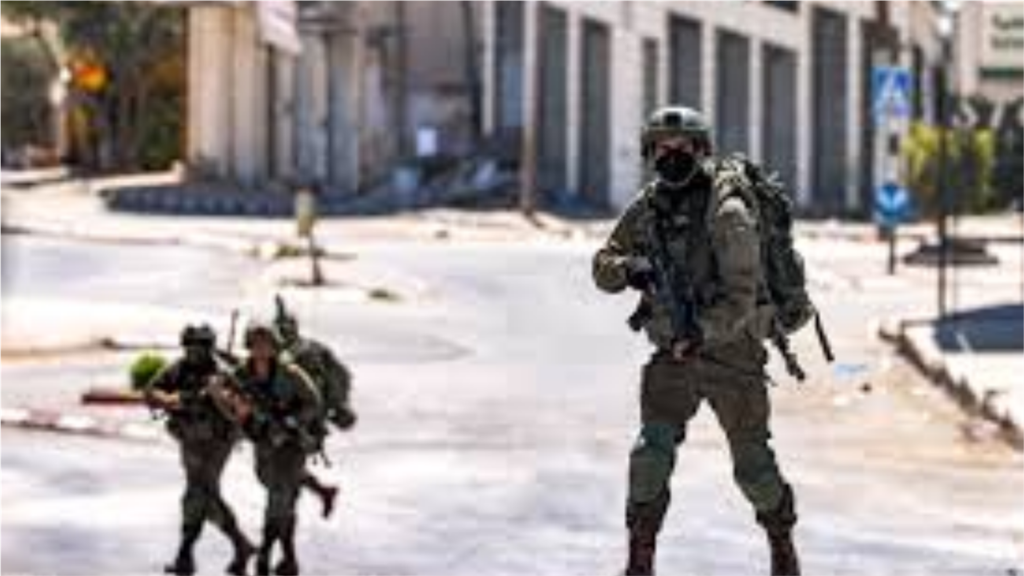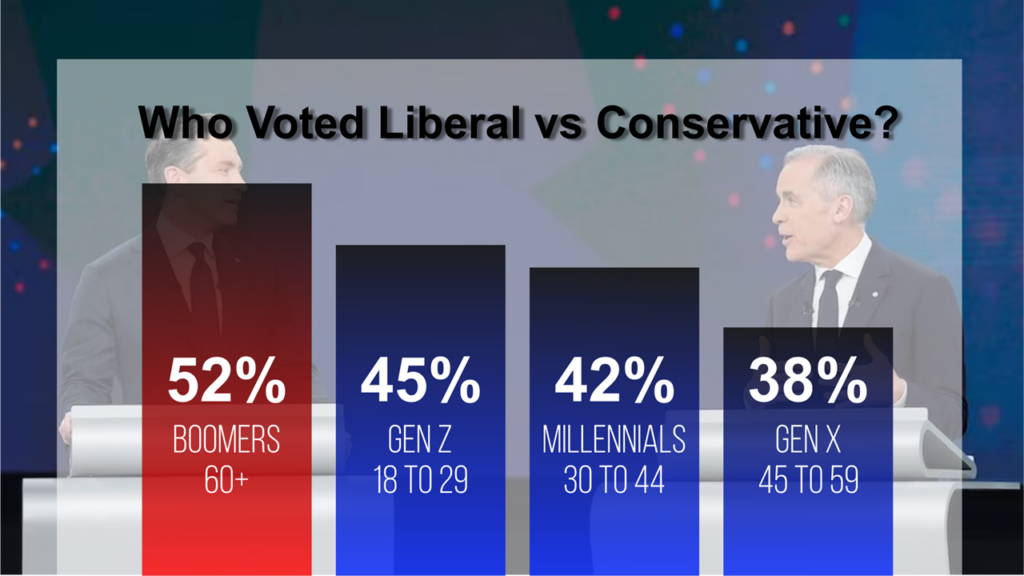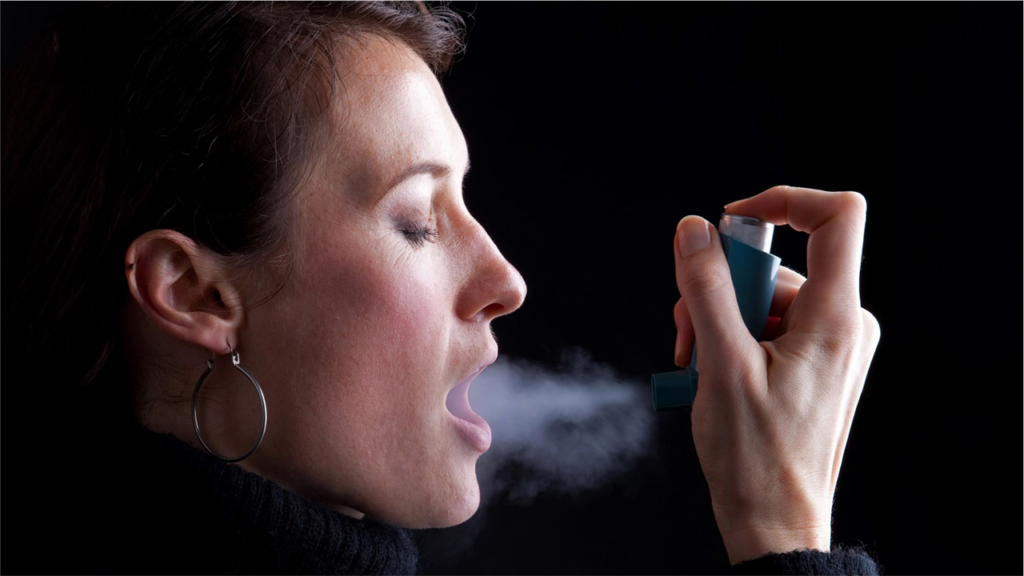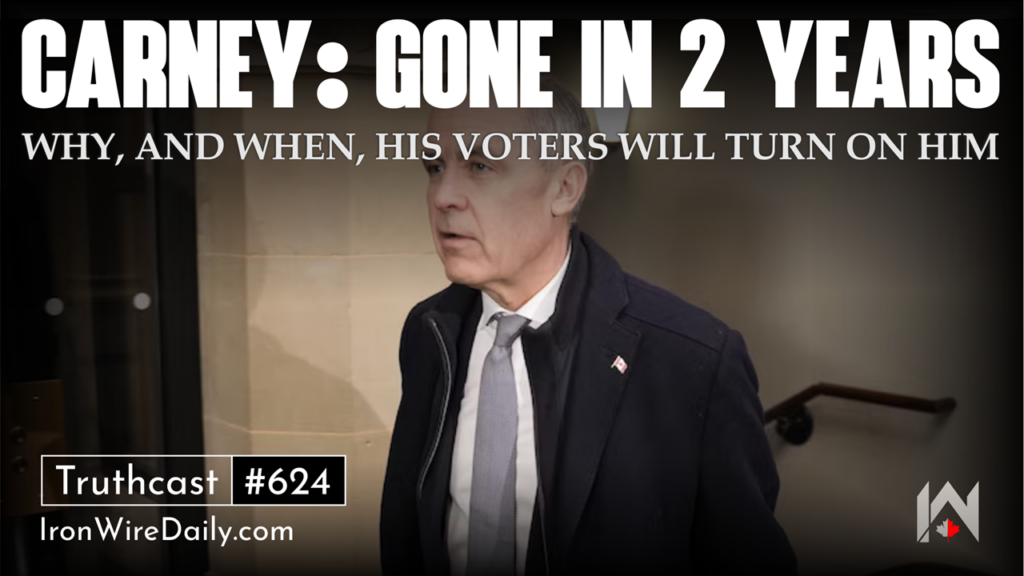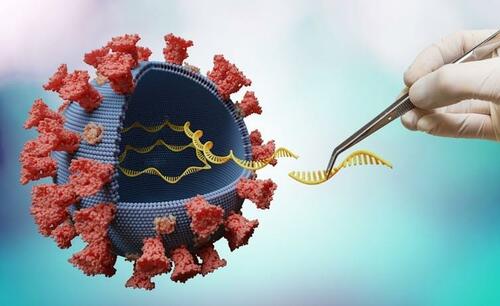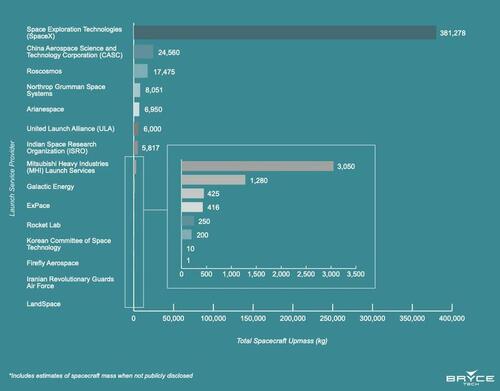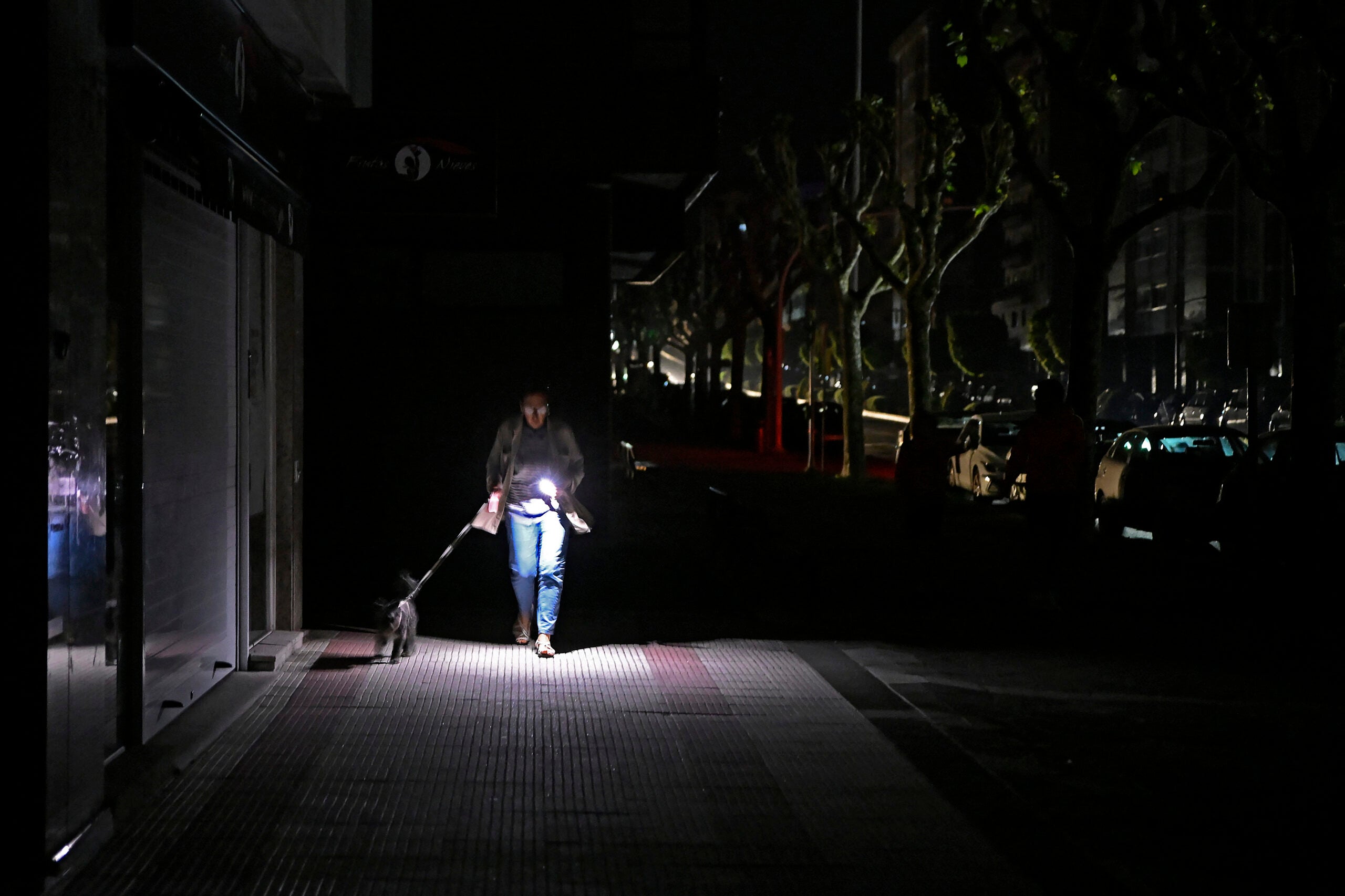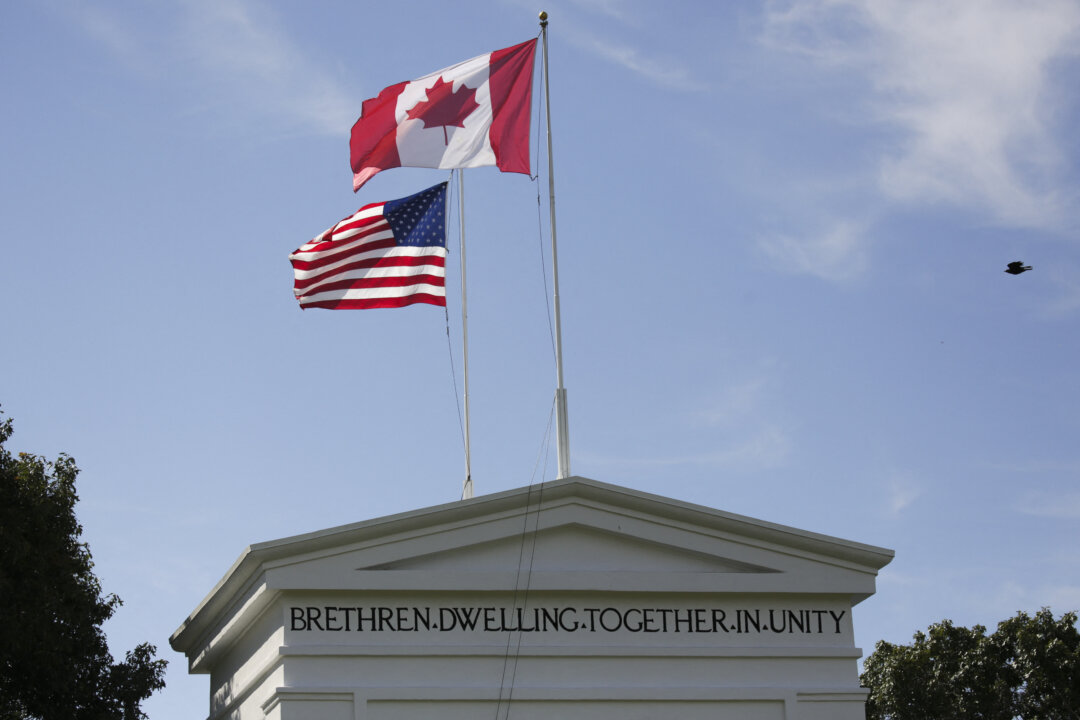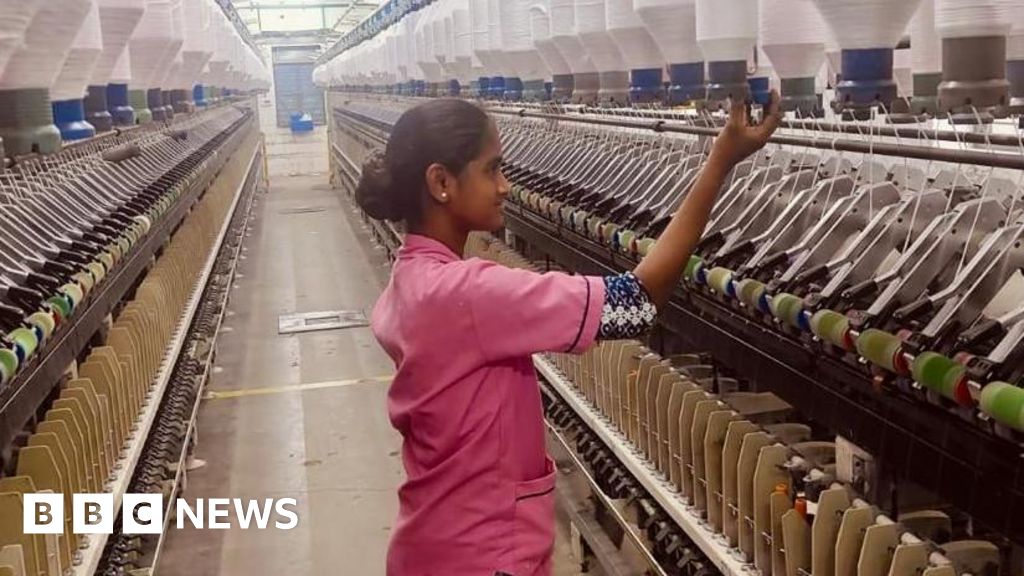Were School Windows Really Sealed Shut?

There was so much fakery for so long during the Covid era that it is hard to keep up. It slammed us daily on the news. There was Plexiglas, six feet of distance, mass use of sanitizer, one-way grocery aisles, the HEPA filter racket, the belief in stay-at-home orders, the reopening hoax, and so much more, so many we cannot possibly remember them or list them. In this search, we don’t even have to examine the preposterous exaggerations about the vaccine; there are enough otherwise to make the point.
So much we’ve already forgotten, which is one reason to be grateful for David Zweig’s Abundance of Caution. It carefully chronicles the excuses for not opening schools from the beginning, almost day by day, and explodes every myth along the way. Even though I consider myself pretty aware of what they did, there are pieces of this crazy puzzle I had missed.
One of them is the claim made pretty early on that we cannot open schools because of a lack of ventilation. This is because we cannot open the windows; many schools have windows that do not open.
If you know something about Zweig’s method, it is built on implacable incredulity. Maybe that is the wrong word. Let’s just say that he doubts claims made without evidence produced. He naively digs around to find the evidence, calling out the people who made the claim directly. If they cite some science thing, he looks at it. If it is ambiguous or confusing, he calls out the author. If the author cites some other authority, he calls them out. His goal is to get to the bottom of the issue.
He did this for five years, so obsessively that it is darn near funny. Once you get the hang of his methods, you can see exactly where it is going. He deals with probably a hundred or more of these fake claims, predictably amplified by the media and accepted as doctrine in public life. He digs and digs and eventually discovers…nothing.
And that is the story: an entire period of our lives built on falsehoods that everyone accepted as true.
Below I would like to quote in detail, because no one else will, what he found concerning about this claim that windows on public schools are often sealed shut and cannot be opened to allow more filtration of air. The narrative is at once tragic but also it had me in stitches. Follow along:
The claims about windows intrigued me for a few reasons. First, state and local laws typically require some form of ventilation in classrooms. In New York City, for example, if a classroom does not have windows that can open, it must have an exhaust fan or an intake fan or an HVAC unit that circulates and filters air.
In New York City, as of September 6, 2020, 96 percent of its classrooms passed ventilation inspection, which meant they had at least one operational method of ventilation. Out of 62,000 classrooms, 200 did not meet the criteria, and a DOE official told me that those rooms were not going to be used until or unless that was remedied.
It’s possible, of course, or in the case of New York City, definitive, that some classrooms were not in compliance with guidelines, and some classrooms didn’t have operable windows and had dysfunctional ventilation systems. But those classrooms, at least in New York City, were not going to be used. Many newer school buildings were designed to not have operable windows and instead to rely on HVAC systems. Merely having a classroom without windows that open did not mean there wasn’t ventilation.
Also remember that opening windows was not a requirement or even explicitly recommended for many European schools, and in general they did not have forced-air HVAC systems either. And once fall and winter arrived many classes, particularly in colder northern European areas, kept their windows closed.
Setting aside that American classrooms that have inoperable windows typically have another form of ventilation, and setting aside that many European classrooms didn’t open their windows or have mechanical ventilation, this claim about schools with windows that don’t open, which was regularly repeated as a reason for American schools to stay closed, vexed me for almost two years.
How many classrooms in American schools actually had windows that didn’t open? And, more saliently, of those classrooms how many also did not have a functional HVAC system? The answers to these questions were vital because the windows narrative blocked kids from attending school. I contacted numerous districts but got no answers.
I contacted the National Council on School Facilities, an organization that deals in all matters related to school buildings, and with which I had previously corresponded about distancing guidelines, but did not receive a reply. I sent BASIC an email asking for data on schools with classrooms without operable windows and no other ventilation—since this was one of the reasons listed in their letter asking for $10 billion for schools—and did not get a response from them either.
After months of thinking about the issue, and researching it off and on, and then more or less giving up, I came across a May 2021 Johns Hopkins School Ventilation Report. It contained this line: “Windows cannot be opened in many schools.”
Finally, I was going to get to the bottom of this. The forty-six-page document was written by scholars at the Bloomberg School of Public Health and the Center for Health Security, both at Johns Hopkins University, an elite institution. It had seven coauthors and listed eight “expert reviewers.” To produce the report and its recommendations, thirty-two experts in air quality, engineering, and education policy were interviewed, and the relevant peer-reviewed literature and engineering best practices were examined.
Finally, I hit it big. It can take a while but sometimes you get lucky with research, and the right experts and the right documents surface. An extensive report devoted to school ventilation would obviously contain a detailed account of this infrastructure problem of windows that cannot be opened, with localized statistics.
Yet as I scanned the document I began to get worried. No matter how closely I read it, I could not find any additional information about windows beyond that one sentence.
I then saw that at the end of the sentence about windows that cannot open there was a footnote citing a Government Accountability Office report. This is where I’d find the information I sought. As comprehensive as the Hopkins report was, these types of statistics on windows were too granular to include, and I should not have been surprised to need to dig another layer deeper.
I found and then carefully reviewed the ninety-four-page GAO report. Yet, strangely, there was nothing in it either about inoperable windows. I figured I must have been missing something, so I emailed the GAO report’s author. He told me that I was correct; there was nothing in his report about windows not being able to open.
To recap: the Johns Hopkins report made a claim about inoperable windows. It cited another report as the source of that claim, yet the source did not contain any information related to the claim.
I reached out to two authors of the Hopkins report raising this issue, along with a few others. After five emails back and forth, Paula Olsiewski, one of the authors, suggested we arrange a call. Olsiewski, a senior scholar at the Johns Hopkins Center for Health Security, and a leader in the field of the microbiology and chemistry of indoor environments, was warm, animated, and generous with her time and knowledge, offering lots of details about ventilation science.
Yet, no matter how many times I gently prodded, during our hour-long call she did not answer my question about how many schools had windows that didn’t open, let alone windows that didn’t open and no other source of ventilation. I’m thankful scientists like Olsiewski exist and that they have devoted their professional lives to trying to improve conditions for the rest of us. Not that I needed to be persuaded, but Olsiewski made a detailed case for why clean air in schools is an unmitigated good. (And there is no doubt that filters help take particulates out of the air.)
The question is not whether Olsiewski and her colleagues’ work over the years toward improving indoor air quality is a noble goal. The question is whether claims about windows, and, more broadly, demands for HEPA filters and the like were valid reasons to keep schools closed during the pandemic.
How did the authors of the Hopkins report know that there were “many schools” with windows that didn’t open if they couldn’t tell me a number? What was “many?” One percent? Five percent? Twenty percent? And of those schools was it every classroom in the building that didn’t have windows that opened or just a portion of classrooms? And of those classrooms without windows that opened how many did not have functional mechanical ventilation?
The answers to these questions matter. Without quantifying the scope of the purported problem or being able to quantify the benefit of the proposed solution we’re left with mere guesswork and opinions.
The Hopkins report had other claims I was concerned about. Numerous times it recommended the use of HEPA filters to “help reduce the potential for SARS-CoV-2 transmission.” But, as I’ve detailed, lab tests showing reductions of virus in the air from HEPA filters is different from knowing how much, if any, reduction in transmission of the coronavirus they lead to in a classroom.
The only real-world data on this at the time, as noted earlier, from the MMWR paper, was not promising. According to a systematic review of studies on air filtration and circulation in hospitals before the pandemic, there were zero randomized trials, which is considered the highest level of evidence, on HEPA filters regarding transmission reduction. Of the remaining lower levels of evidence none indicates how whatever benefit some of these systems may have shown in hospitals would translate to a school.
While HEPA filters may provide transmission reduction in a medical setting, it’s possible that in a school, an environment that obviously has a lower percentage of sick people than a hospital, the benefit may be negligible. For example, imagine if a study showed that HEPA filters reduced transmission by 50 percent in a hospital. That sounds like a big deal!
Now imagine they do the same in schools, except a school had two cases out of 1,000 students before HEPA filters; after their installation a 50 percent reduction would be one fewer case out of a thousand. This is the difference between relative reductions, which is the percentage, and absolute reductions, which is the actual number.
Beyond that, the systems in hospitals that showed benefit may be far more robust than what was capable of being installed in most schools. Indeed, even ventilation, i.e. bringing in fresh air (as opposed to filtration, which cleans the air), which has generally been considered the single-most or perhaps second-most important mitigation in schools, has very limited real-world evidence to support it having a significant impact on SARS-CoV-2 transmission in schools.
The MMWR study I mentioned earlier found that schools that employed ventilation techniques (opening windows or doors or use of fans) had 2.94 cases per 500 students versus 4.19 cases per 500 students in schools without ventilation over a span of four weeks. So ventilation was associated with 1.25 fewer cases out of 500 students over an entire month. Moreover, 2.94 and 4.19 are “point estimates,” essentially best-guess extrapolations.
As is typical, the authors had given a range of possible outcomes, called a “confidence interval” in statistical language, with cases in schools employing ventilation techniques ranging as high as 3.5 and cases in the no-ventilation schools ranging as low as 3.63. Therefore, it’s possible there was basically no difference at all.
Similarly, a study in the journal the Lancet, preliminarily published in fall of 2022, could not find a consistent effect of ventilation on the number of cases in Dutch schools. Two-and-a-half years into the pandemic, by all accounts, these were the only two comparative studies on ventilation in schools. The results did not suggest there was a meaningful effect.
The Hopkins report also stated: “School systems should use . . . ultraviolet germicidal irradiation.” The citation given for this claim was a CDC/NIOSH report on UVGI used for tuberculosis in healthcare facilities. My query to the authors about how UVGI use in a healthcare facility for a bacterial infection could be extrapolated to the efficacy and safety of using this intervention on SARS-CoV-2 in schools went unanswered. And the report stated: “If schools only have natural ventilation, HVAC systems should be installed.”
My query about what empirical or real-world evidence there is that schools using natural ventilation would benefit from installing HVAC systems for reducing the spread of SARS-CoV-2 also went unanswered. The MMWR study referenced earlier is the only one of relevance I am aware of on this point. It did look at HEPA filters and open windows together as an intervention but the outcomes were only compared to doing nothing at all, versus being compared to only opening windows.
White papers like the Hopkins report are often important and influential because they form the foundation of scientific knowledge on a particular topic that researchers cite for years to come and, ultimately, filter up to policy makers. Major scholarly reports like this are not always cited by the media or known to the public, but they influence policy makers and professionals within the field, who in turn speak to the media, consult for school districts and teachers unions, and communicate directly with large audiences on social media.
The academics who write these reports also use their authorship as a credential demonstrating expertise to consult to lawmakers and others. And it is extremely unlikely that state or local officials fact-check claims in scholarly papers, as I’ve done here. Several infectious diseases experts told me that no officials for whom they consulted ever questioned the citations or methodologies in their papers….
But when I asked a number of my sources—infectious diseases doctors, epidemiologists, a statistician, an oncologist, who all regularly publish research—about the practice of making claims without evidence I was met with a mix of bemused shrugs and resigned disgust. But what about peer review?
“Reviewers don’t click on citations,” a source told me with a laugh. Indeed, there is a wealth of disquieting research that shows, for a variety of reasons—from clubbiness in certain specialties in which it’s often likely for reviewers to have a bias toward agreeing with the findings of the paper they’re reviewing, to the fact that review is generally unpaid and laborious and, as such, reviewers simply are unlikely to invest the time necessary to inspect every claim and citation—though peer review can perform an important function, it often does not deserve the imprimatur of “quality” that much of the public associates with it.
Multiple experiments have even shown that a large portion of peer-reviewers did not catch purposefully inserted overt falsities in scholarly papers. The Hopkins report epitomizes a system of how credentialed experts can make claims without evidence yet not be called out for them. These unsupported claims, made in scholarly reports and in papers published in scientific journals, formed the foundation of “truth” upon which, at least in part, policies on NPIs for schools came to be suggested, required, and implemented.
I hope this passage gives you a sense of what you will find in this book. It is a long series of truly hilarious investigations into the details of the astonishing barrage of fake science that was dumped onto our heads for years and years, most of them revealed as gibberish without any evidence. Consider the implications of this. We live in the age of science and expertise, and yet during this momentous moment in our lives, one in which they were ruling the day as never before, most of what they said turns out to be lacking in any serious scientific evidence.
I’m deeply grateful for this book for having done the hard work, over fully five years of research, to unearth these claims as silly. Making matters even better, the reader develops utter confidence in the writer because you know he is ready to go where the evidence leads, almost as if he truly wants his incredulity disproven. It’s a great method of doing real journalism, and surely this author ranks among the greatest living practitioners.
